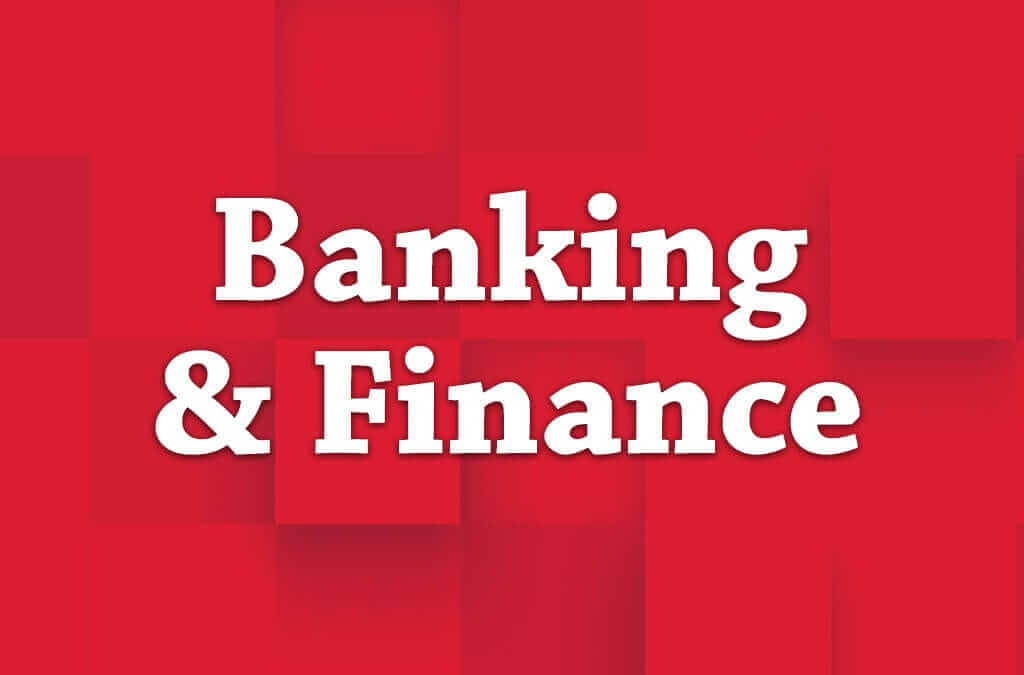Home equity is the difference between your home’s current market value and how much you still owe on the property. Essentially, it’s the amount of your property that you have paid off and own.
For example, if your home is worth $300,000 and you still owe $240,000 on your mortgage — meaning that you’ve paid $60,000 already — then you have $60,000 in equity. However, if your home’s market value drops to $290,000, and you still owe $240,000, then your equity falls to $50,000. But if your home’s market value increases to $310,000, and you still owe $240,000, your home equity will increase to $70,000.
As long as your home’s market value doesn’t drop, you can build your home equity by paying off your loans faster or else by renovating your home, which will boost your home’s value — and your home equity. You can even use your home equity to make home improvements — a win-win. Below we’ll take a deeper look at the major benefits of using the equity in your home for home improvements.
4 Benefits of Using Your Home Equity for Home Improvements
1. Lower Interest Rates
When using your home equity for home improvements, you have two main options: a home equity loan or a home equity line of credit (HELOC).
With a home equity loan, you’ll borrow a specific amount that you’ll pay back regularly over a specific term. Home equity loans typically have very low fixed interest rates, closing costs, and other fees, ranging from about 3 to 5 percent each. These types of loans carry lower rates than unsecured loans because they use your home as collateral. If you have excellent credit, you may be able to get an even lower rate.
A HELOC, on the other hand, also uses your home as collateral, but it has a certain credit limit and borrowing term (usually about ten years). Interest rates may be as low as 2 percent, and you’ll only pay interest on the money you use.
2. Flexible Term Periods
In addition to lower interest rates, home equity loans typically have more flexible repayment periods of about twenty to thirty years. You’ll pay the loan back just as you do with other loans.
A HELOC typically has a similar payback period of around ten to twenty years. You’ll need to follow the minimum payment terms during the borrowing period, but once that ends, you’ll repay the remaining balance with interest over the outlined time period.
3. Tax Deductions
If you are using a home equity loan or HELOC to substantially improve your home, any interest you pay may be tax-deductible. However, there are limits that apply to how much interest can be deducted.
Additionally, although most home improvements cannot be deducted from your federal taxes, there are still some improvements you can deduct such as medically necessary improvements and energy-efficient modifications.
4. Boost in Home Value
Using the equity in your home for major home improvements — such as a bathroom or kitchen remodel, or a new roof — not only improves your quality of life for you and your family for as long as you live there, but it’s also a wise investment for your home’s future.
Your home equity can also be used to renovate your home before you sell it. Depending on the current market, you may be able to sell a renovated home for a lot more money than you would get otherwise. It may also sell more quickly, too. Regardless, a renovated home will typically be more appealing to many homebuyers since all (or most) of the hard work will be done before they move in.
Take Advantage of Your Home Equity
If you have reasonable home equity and good credit, it’s a wise decision to take out a home equity loan or HELOC to make any needed home improvements. Besides benefits like lower interest rates, flexible terms, and deductible interest, you’ll also be making a much-needed investment in your home’s future.


